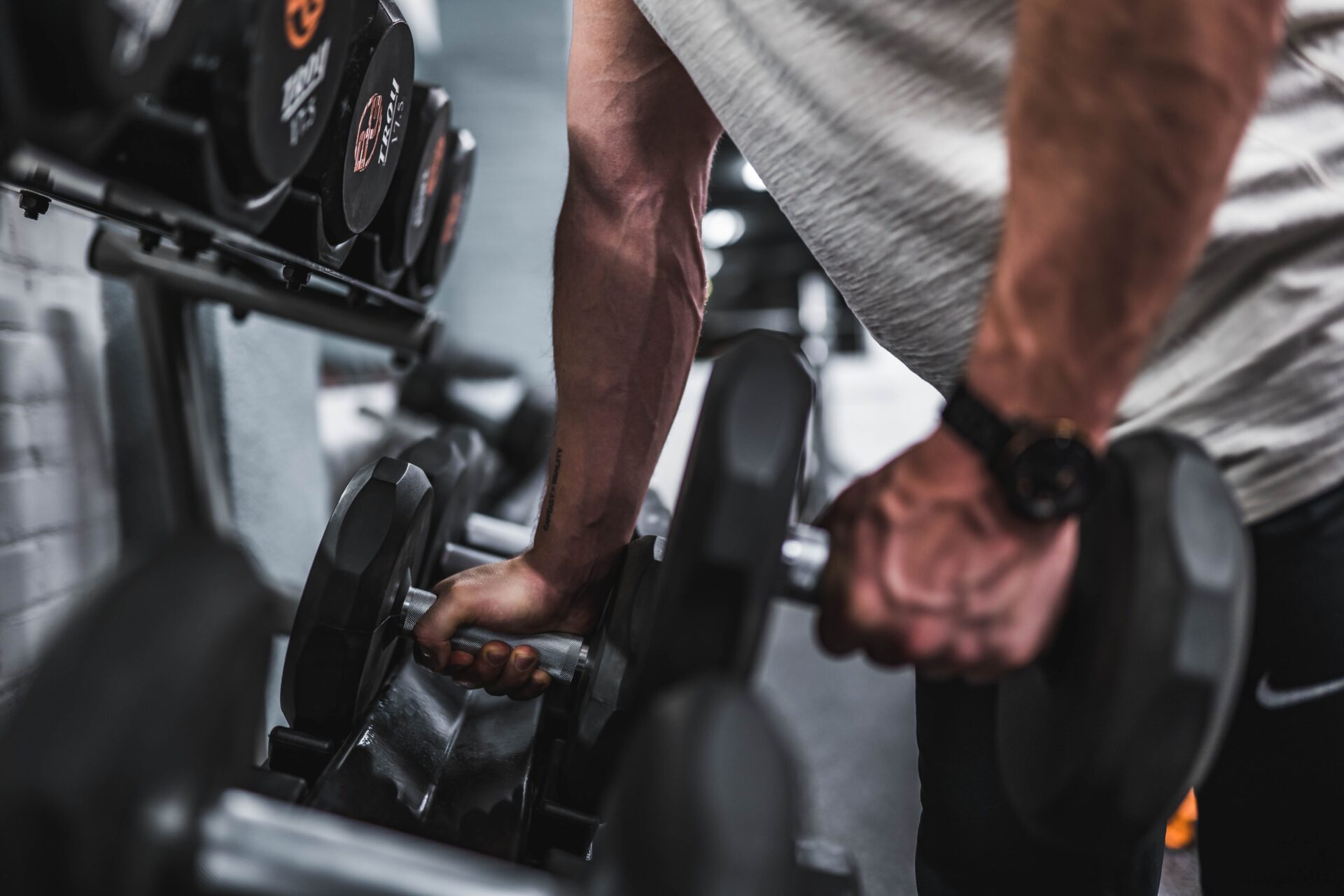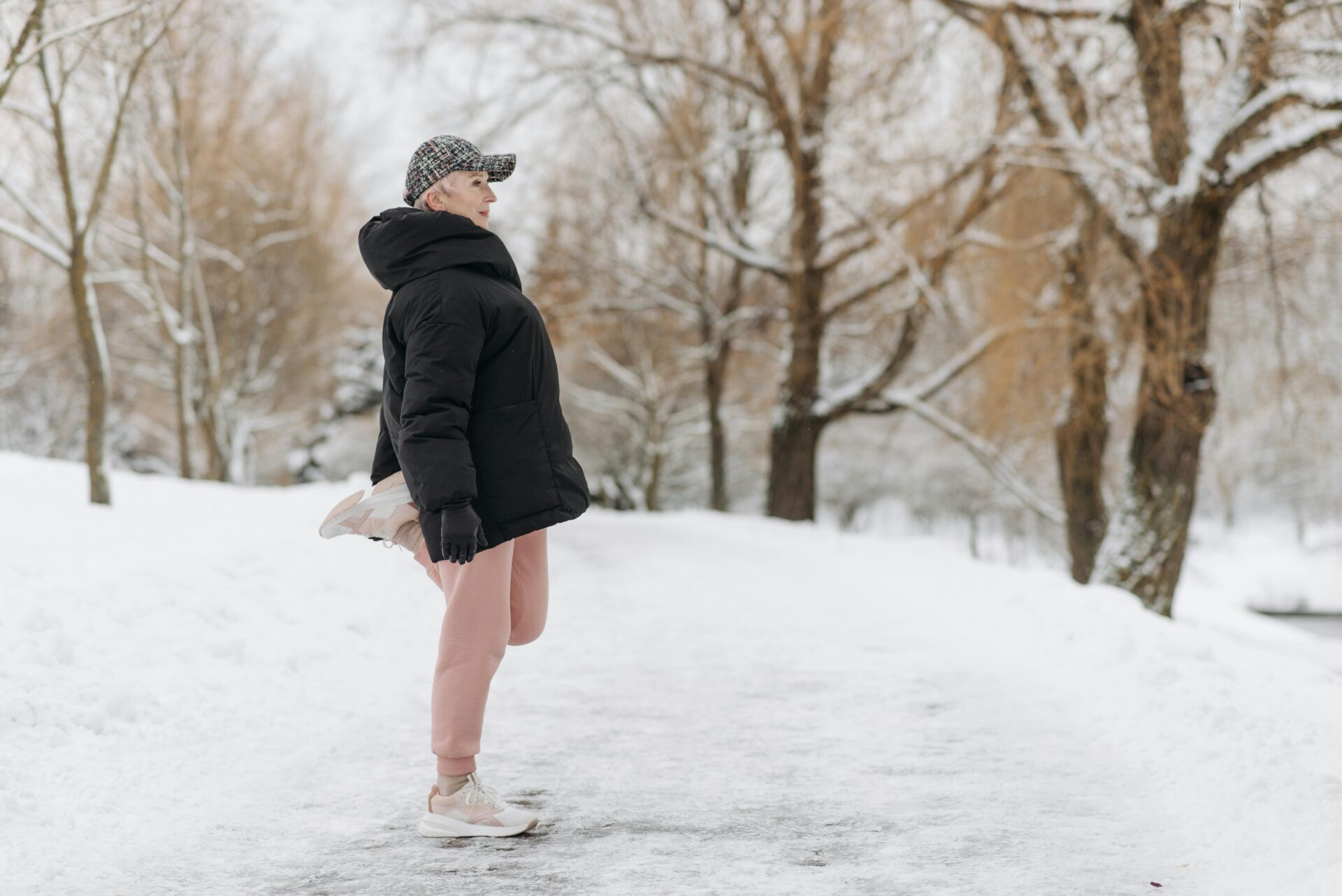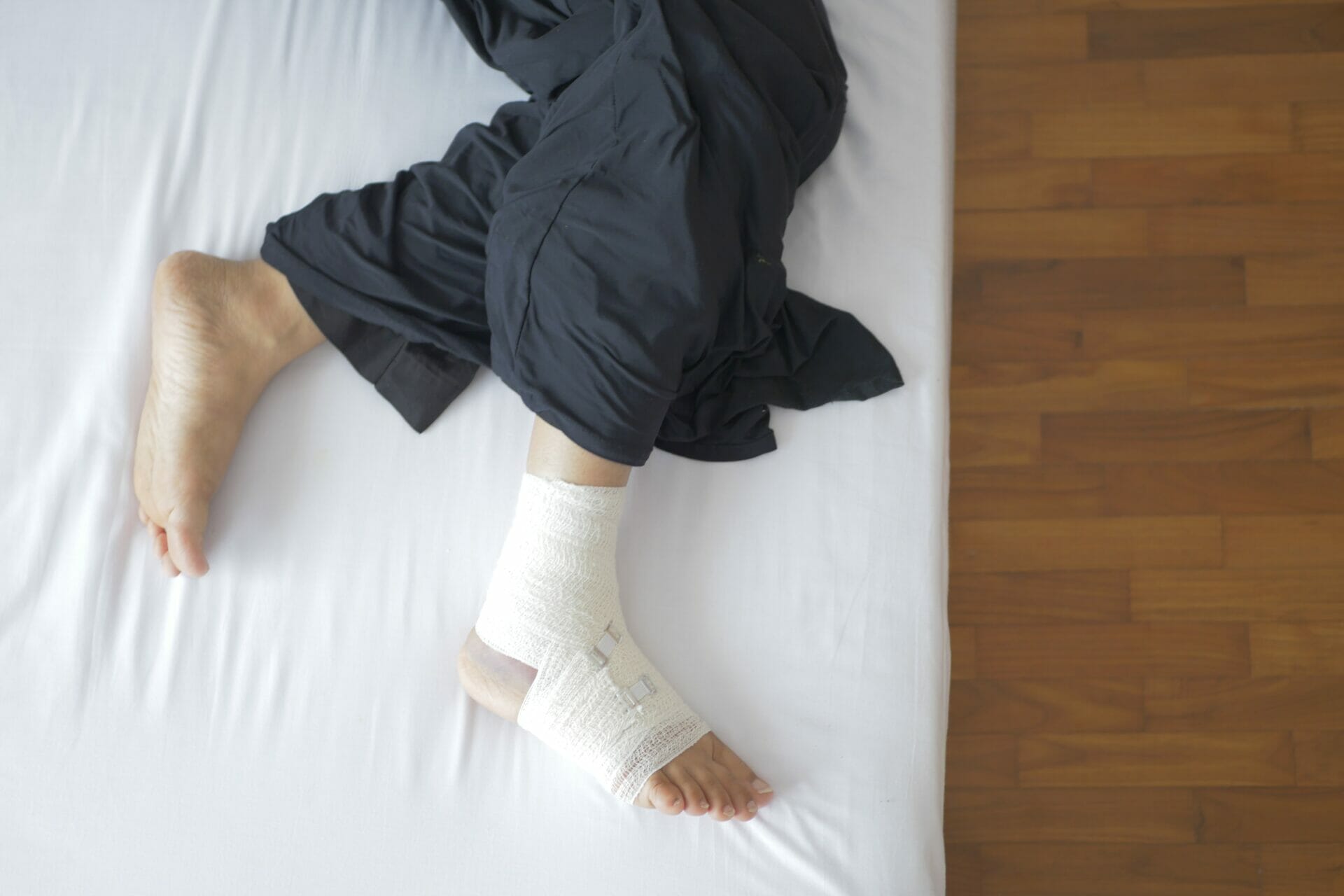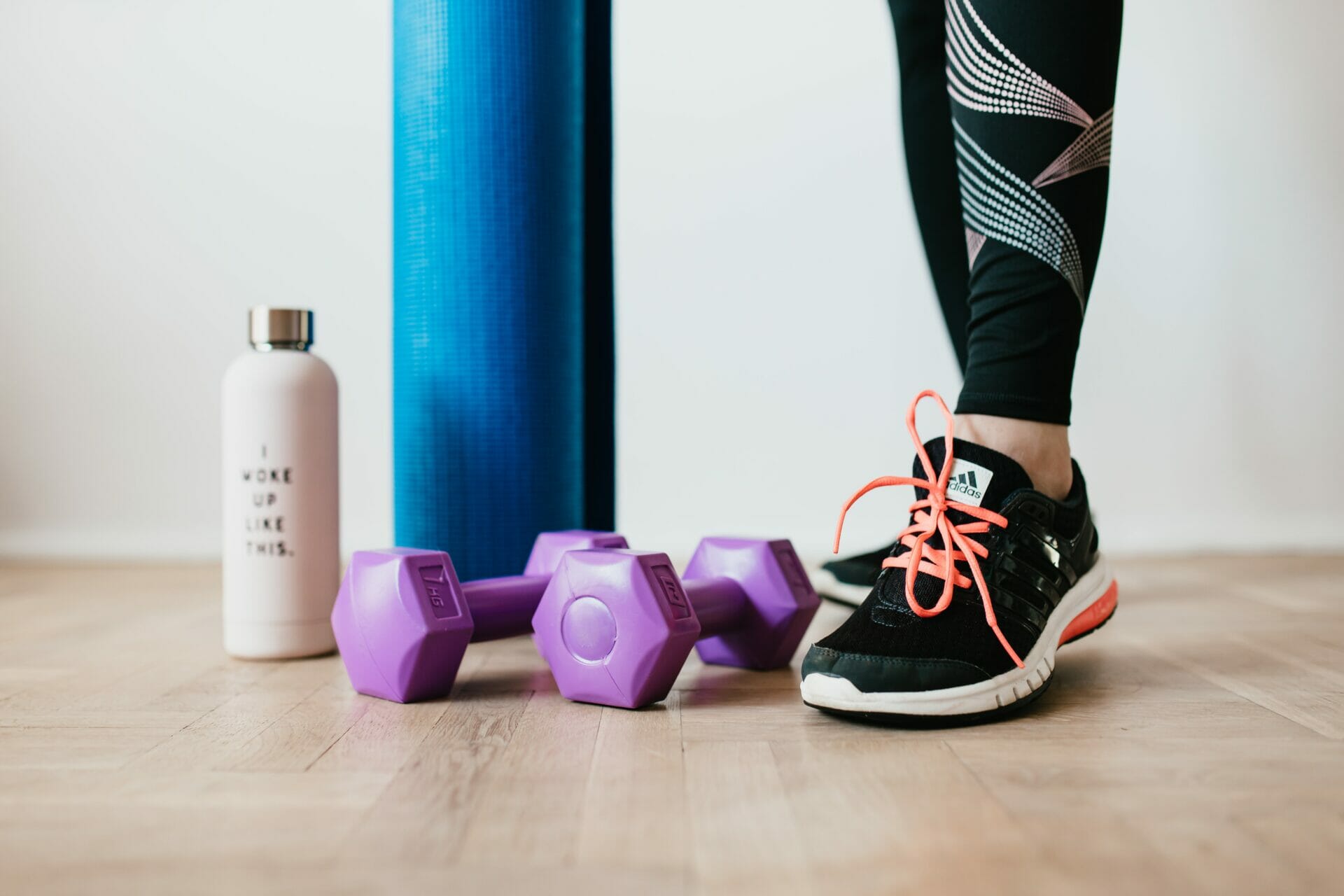Are you over 50 and looking to improve your fitness and overall health? It’s never too late to start a workout routine that can help you feel stronger, more energized, and improve your quality of life. As we age, our fitness levels naturally decline, making it even more important to incorporate exercise into our daily lives. In this comprehensive guide, we will provide you with a beginner’s workout plan specifically designed for individuals over 50. Whether you’re a gym newbie or have been out of the fitness game for a while, this program will help you get started and gradually build strength and endurance.
The Importance of Exercise for Individuals Over 50
Staying active and fit is crucial for individuals of all ages, but it becomes even more essential as we get older. Regular exercise offers numerous benefits for individuals over 50, including:
Improved Cardiovascular Health
Engaging in aerobic activities can help strengthen your heart, improve blood circulation, and reduce the risk of cardiovascular diseases such as heart disease and stroke.
Increased muscle strength and bone density: Strength training exercises help build muscle mass and increase bone density, reducing the risk of age-related conditions such as osteoporosis and sarcopenia.
Enhanced Flexibility And Balance
Stretching and balance exercises can improve flexibility and stability, reducing the risk of falls and injuries.
Boosted Mood And Mental Well-being
Exercise releases endorphins, which are natural mood-boosting chemicals in the brain. Regular physical activity can help reduce stress, anxiety, and symptoms of depression.
Weight Management
Maintaining a healthy weight is crucial for overall health and can help prevent chronic conditions such as diabetes, high blood pressure, and joint problems.
Increased Energy Levels
Regular exercise can improve stamina and energy levels, allowing you to stay active and engaged in daily activities.
With these benefits in mind, let’s dive into a beginner’s workout plan specifically tailored for individuals over 50.
Step 1: Warm Up to Prepare Your Body
Before starting any exercise routine, it’s essential to warm up your body to prepare it for physical activity. A warm-up helps increase your heart rate, promotes blood flow to your muscles, and loosens up your joints. Here are a few warm-up exercises you can incorporate into your routine:
Cardiovascular Warm-Up
Begin by engaging in a cardiovascular activity such as brisk walking, jogging, cycling, or using cardio machines like the treadmill, cross-trainer, or rower. Spend 3-5 minutes at a moderate intensity (around 60-70% of your maximum effort) to raise your heart rate.
Mobility Exercises
Perform a few mobility exercises to loosen up your joints and improve range of motion. Here are a few examples:
The World’s Greatest Stretch
Start in a plank position with your hands shoulder-width apart on the ground and your feet extended straight behind you. Bring your right foot up next to your right hand (on the outside) and bend your right arm, ideally placing your forearm flat on the floor. Twist your upper body, raising your right arm straight up to the ceiling. Return to the starting position and then drop your left knee to the ground, sit on your left heel, and lean back to stretch your right leg straight. Repeat on the other side.
Shin Boxes
Sit on the floor with your legs bent at the knees and feet flat on the floor in front of you. Open your legs into a straddle position and rotate your torso to face the left. Twist your hips and legs until both knees touch the floor. Return to the starting position and repeat on the right side.
Thoracic Wall Slides
Lean your back against a wall, with your feet a few inches off the wall and knees slightly bent. Bend your arms, keeping the backs of your hands against the wall, and slowly slide them upward above your head. Lower them back down and repeat.
Perform each mobility exercise 5-10 times after completing your cardiovascular warm-up.
Step 2: Training – Strength Exercises for Beginners
Strength training is crucial for individuals over 50 as it helps build muscle mass, increase bone density, and improve overall strength. Incorporating resistance exercises into your routine can help you maintain functional strength and carry out daily activities with ease. Here are some beginner-friendly strength exercises to include in your workout plan:
Bodyweight Squats
Stand with your feet shoulder-width apart and toes slightly turned out. Lower your hips back and down, as if sitting into a chair, while keeping your chest upright and knees tracking over your toes. Go as low as you comfortably can, then push through your heels to return to the starting position. Repeat for 10-15 reps.
Modified Push-Ups
Start in a kneeling position with your hands slightly wider than shoulder-width apart on the floor. Lower your chest toward the ground by bending your elbows while keeping your body in a straight line. Push back up to the starting position. If this is too challenging, perform push-ups against a wall or an elevated surface like a bench. Aim for 8-12 reps.
Dumbbell Rows
Hold a dumbbell in your right hand and place your left hand on a bench or sturdy surface for support. Bend your knees slightly and hinge forward at the hips, keeping your back straight. Pull the dumbbell up toward your chest, squeezing your shoulder blade. Lower the weight back down and repeat for 10-12 reps on each side.
Step-Ups
Stand in front of a sturdy step or bench. Step up onto the platform with your right foot, pushing through your heel. Bring your left foot up to meet your right foot. Step back down with your right foot, followed by your left foot. Repeat for 10-12 reps on each leg.
Plank
Start in a push-up position with your hands directly under your shoulders and your body in a straight line from head to heels. Engage your core muscles and hold this position for 30 seconds to 1 minute, or as long as you can maintain proper form.
Perform 2-3 sets of each exercise, with 8-12 repetitions per set. Start with lighter weights or no weights at all and gradually increase the resistance as you get stronger.
Step 3: Cardiovascular Exercise – Get Your Heart Pumping
Cardiovascular exercise is essential for improving cardiovascular health, increasing endurance, and burning calories. Engaging in aerobic activities helps elevate your heart rate and improve lung function. Here are some cardio exercises suitable for beginners over 50:
Brisk Walking
Walking is a low-impact activity that can be easily incorporated into your daily routine. Aim for at least 30 minutes of brisk walking most days of the week. Gradually increase your pace or distance as your fitness level improves.
Cycling
Whether indoors on a stationary bike or outdoors, cycling is a great way to get your heart rate up and burn calories. Start with shorter rides and gradually increase the duration and intensity.
Swimming
Swimming is a low-impact exercise that is gentle on the joints. It provides a full-body workout and is suitable for individuals of all fitness levels. If you’re new to swimming, start with shorter laps and gradually increase the distance.
Dancing
Dancing is a fun and enjoyable way to get your heart rate up. Join a dance class or simply dance around your living room to your favorite tunes. The key is to keep moving and have fun while doing it.
Try to incorporate cardiovascular exercise into your routine for at least 150 minutes per week. You can break this down into shorter sessions of 30 minutes or more on most days of the week.
Step 4: Core Workouts – Strengthen Your Center
A strong core is essential for stability, balance, and overall functional movement. Core exercises help strengthen the muscles in your abdomen, lower back, and pelvis. Here are some core exercises suitable for beginners:
Plank
The plank is a great exercise for targeting your core muscles. Start in a push-up position, then lower yourself onto your forearms. Keep your body in a straight line and hold this position for as long as you can, aiming for at least 30 seconds.
Dead Bugs
Lie on your back with your arms extended toward the ceiling and your knees bent at a 90-degree angle. Slowly lower your right arm and left leg toward the floor while keeping your core engaged. Return to the starting position and repeat on the other side. Aim for 8-12 reps on each side.
Side Plank
Lie on your side with your forearm on the ground and your elbow directly under your shoulder. Stack your feet on top of each other and lift your hips off the ground, creating a straight line from head to heels. Hold this position for as long as you can, aiming for at least 30 seconds on each side.
Incorporate 2-3 sets of each core exercise into your routine, aiming for 8-12 repetitions per set.
Step 5: Flexibility and Stretching – Maintain Range of Motion
Flexibility exercises help improve joint mobility, reduce muscle stiffness, and prevent injuries. As we age, our muscles and joints can become less flexible, making it important to incorporate stretching into your routine. Here are a few stretches to include:
Calf Stretch
Stand facing a wall with your hands resting on the wall at shoulder height. Step your right foot back and keep it straight. Bend your left knee slightly and lean forward, feeling the stretch in your right calf. Hold for 30 seconds and repeat on the other side.
Quad Stretch
Stand near a wall or use a chair for support. Bend your left knee and grab your left foot or ankle with your left hand. Gently pull your foot toward your glutes, feeling the stretch in the front of your thigh. Hold for 30 seconds and repeat on the other side.
Hamstring Stretch
Sit on the edge of a chair with your feet flat on the floor. Extend one leg straight out in front of you, resting your heel on the floor. Lean forward from your hips, keeping your back straight, and reach toward your toes. Hold for 30 seconds and repeat on the other side.
Perform each stretch for 30 seconds on each side, focusing on major muscle groups such as calves, quads, hamstrings, and shoulders.
Step 6: Cool Down and Recovery – Treat Your Body Right
After completing your workout, it’s crucial to cool down and allow your body to recover. A proper cool-down can help reduce muscle soreness and prevent post-workout injuries. Here’s how to cool down effectively:
Deep Breathing
Take a few minutes to practice deep breathing exercises. Inhale deeply through your nose for 7 seconds, then exhale slowly through your mouth for 11 seconds. Deep breathing helps calm your mind, relax your body, and promote recovery.
Static Stretching
Perform static stretches for the major muscle groups you worked during your workout. Hold each stretch for 20-30 seconds, focusing on gentle, sustained stretches without bouncing.
Remember to treat your body with care and listen to any signs of discomfort or pain. If you experience any persistent pain or have any underlying health conditions, it’s essential to consult with your doctor or a qualified fitness professional before starting a new exercise program.
Summary
Starting a fitness journey at 50 and beyond is an empowering decision that can have a significant impact on your overall health and well-being. By following this beginner’s workout plan, you can gradually build strength, improve cardiovascular health, and enhance flexibility. Remember to warm up, incorporate strength and cardiovascular exercises, strengthen your core, prioritize flexibility, and cool down properly. Stay consistent, listen to your body, and enjoy the journey to a stronger, healthier you.
Don’t let age be a barrier to your fitness goals. Embrace the challenge, stay motivated, and seek support from fitness professionals or personal trainers if needed. You’re never too old to become the best version of yourself. Start your fitness journey today!





Responses